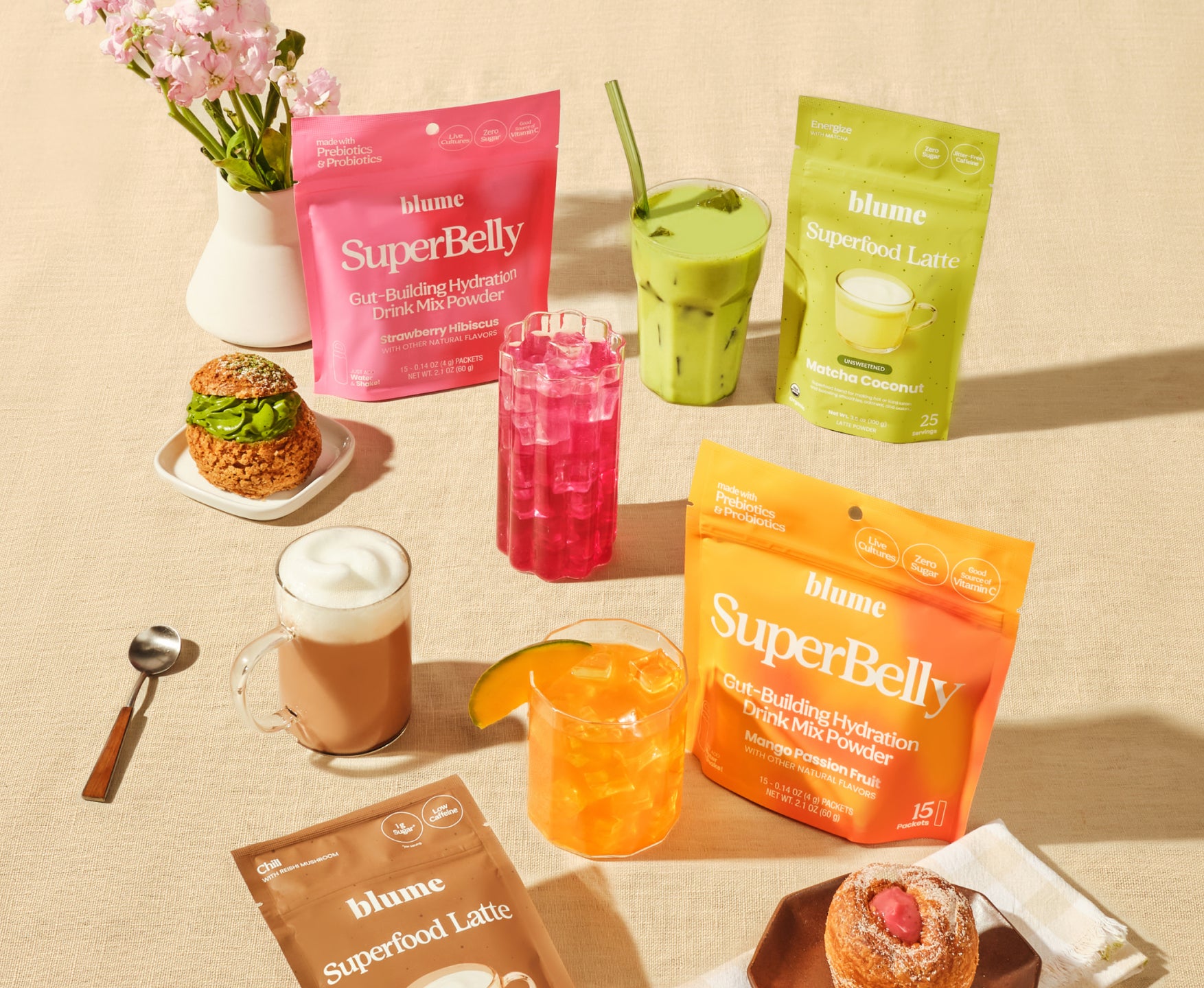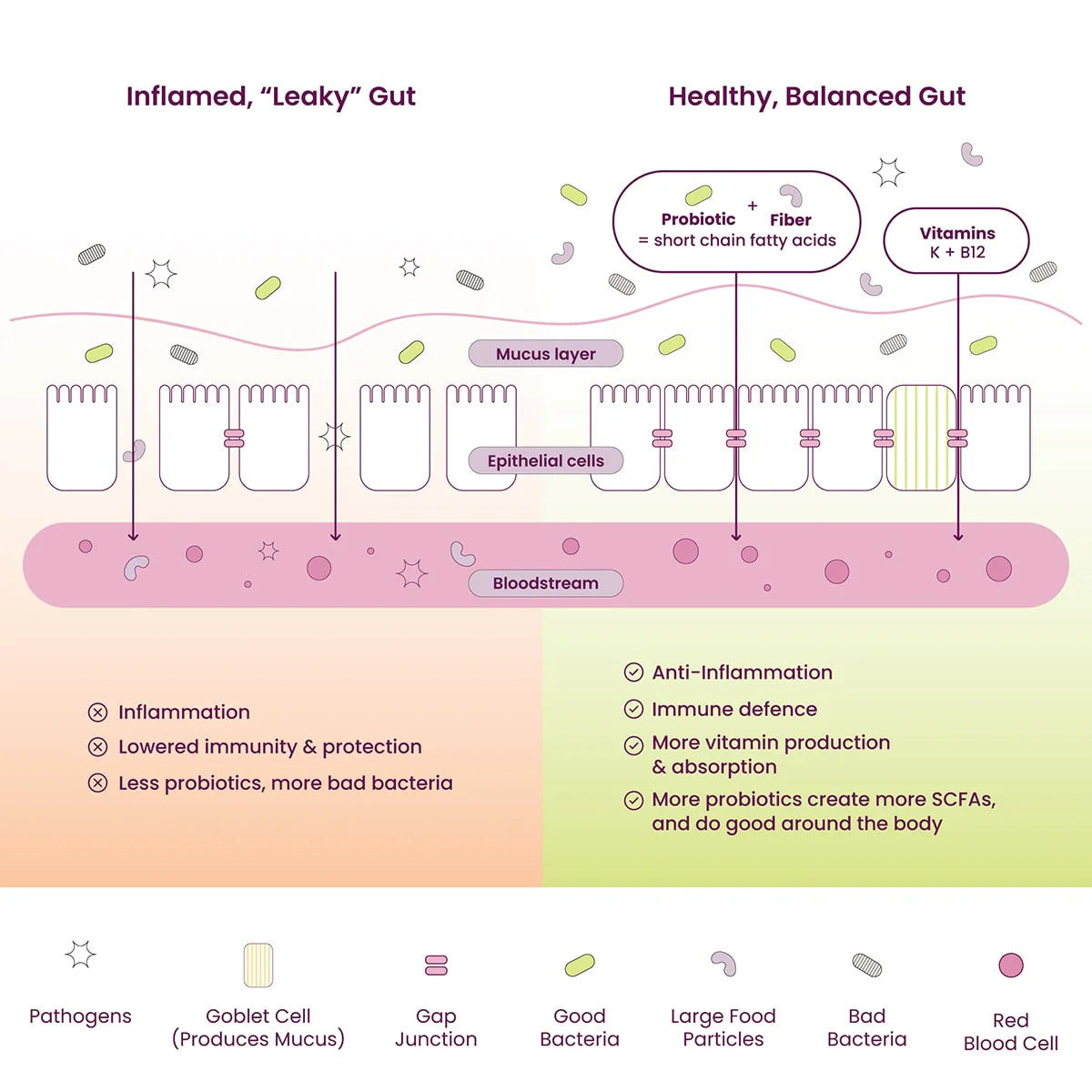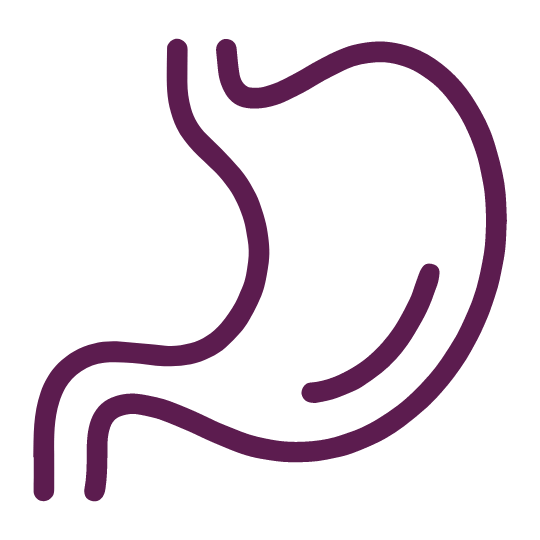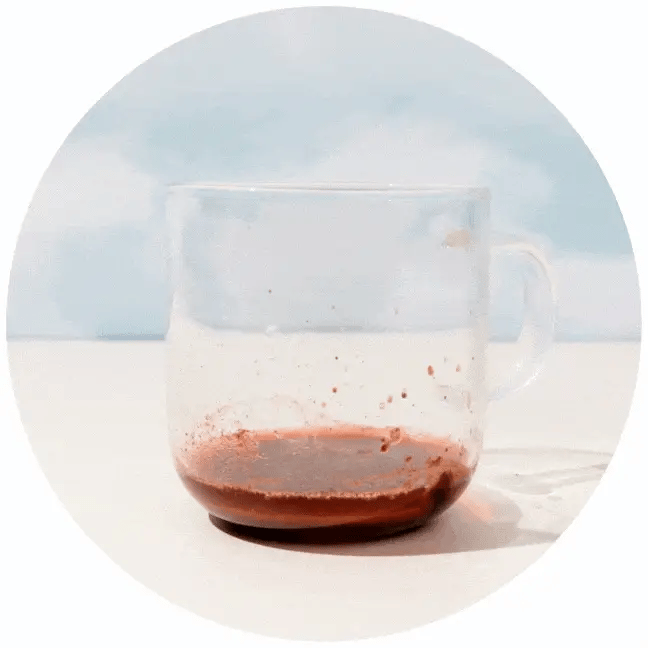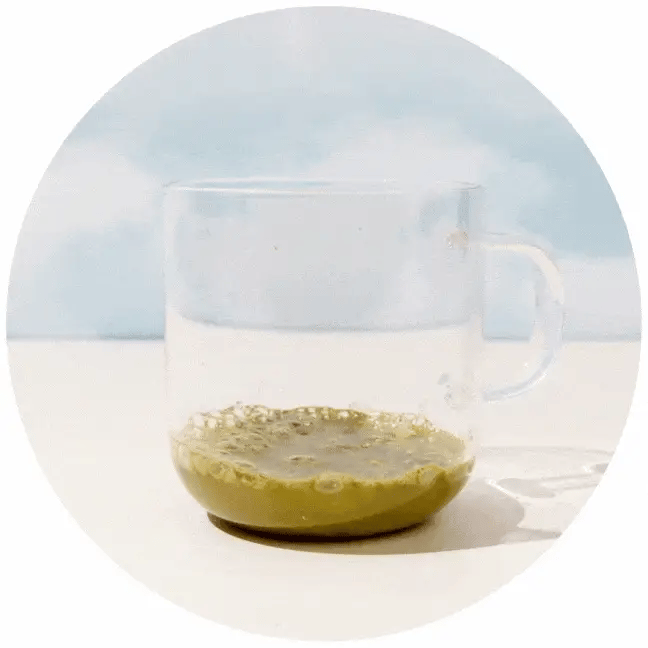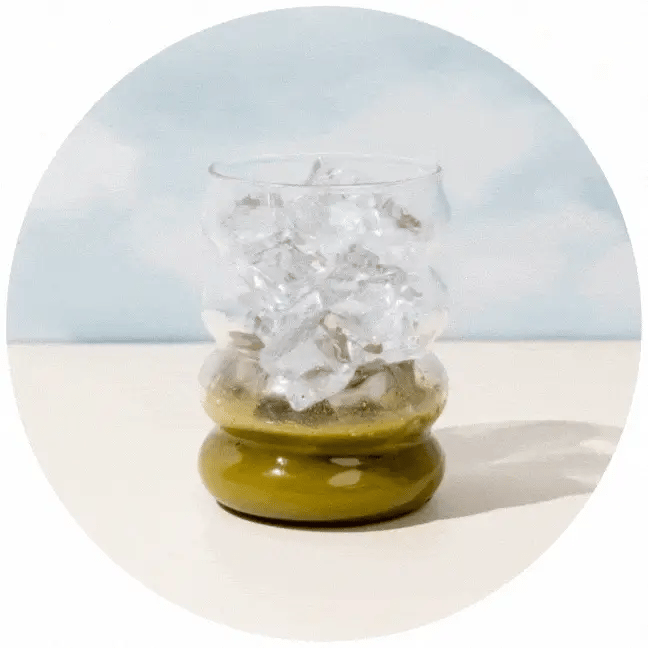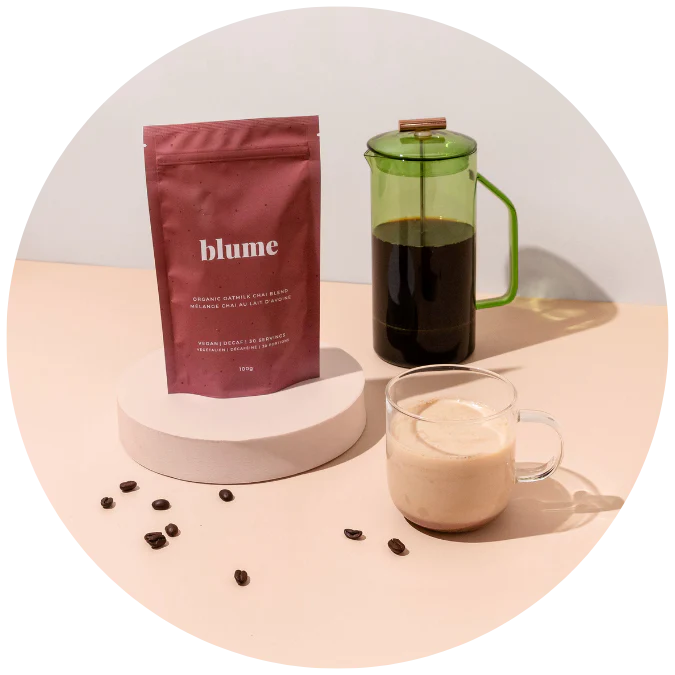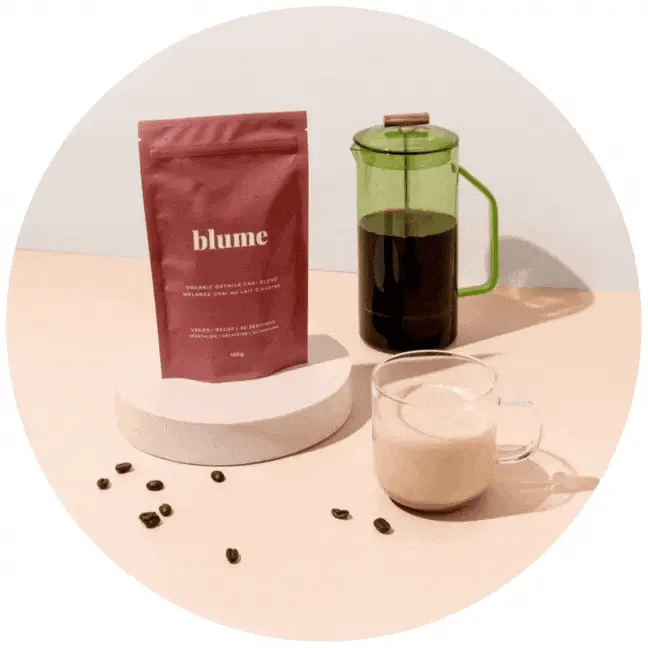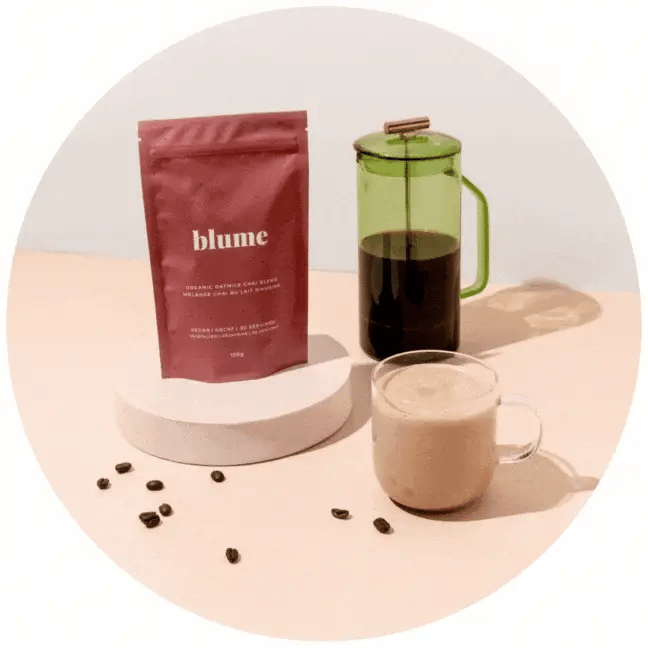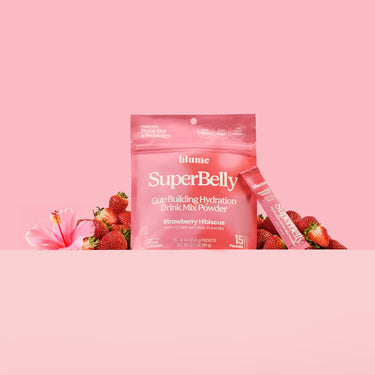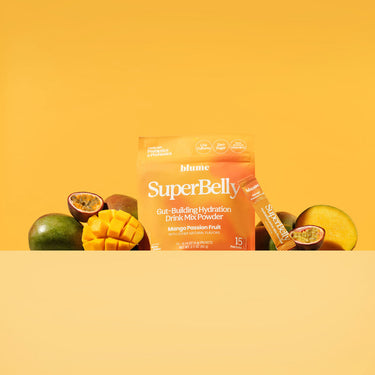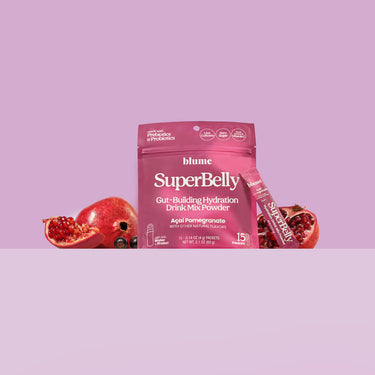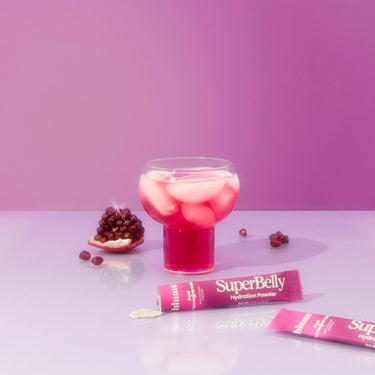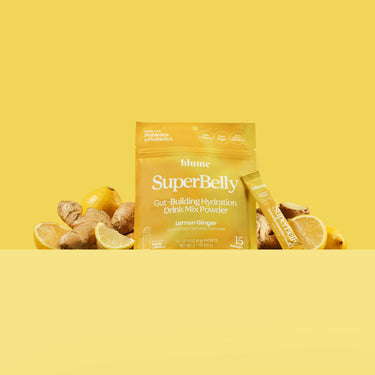Prebiotics feed good bacteria. In turn, good bacteria will increase its population size and variety, which means stronger bacteria microbiomes. Some examples of prebiotic fiber include inulin, fructans, galacto-oligosaccharides (GOS) which can be found in: oats, wheat, barley, rye, pistachios, cashews, red kidney beans, soybeans, chickpeas, lentils, garlic, onion, peas, leeks, asparagus, cabbage.
Fiber is a non-digestible carbohydrate. Humans can’t digest it, but our bacteria can, by fermenting it, creating short-chain fatty acids (SCFAs) which perform amazing benefits around the body (like being anti-inflammatory). It’s recommended that women get at least 25g of fiber per day, and men get 38g fiber per day. Specifically for gut health, prebiotic fiber is very beneficial to feeding our good gut bacteria.
Most prebiotics are fibers, but not all fibers are prebiotics! Inulin fibre from Jerusalem Artichoke has been shown in studies to have beneficial impacts on reducing constipation, post-meal blood sugar levels, and increased good bacteria levels, especially when consumed in the morning (15).
It's good to note that fibre can cause some people bloating and discomfort if it is not currently in your diet, or you're increasing your intake. It’s important to slowly increase the amount of fiber, and have it with water to reduce risk of constipation. Bloating and gas from increased fiber is actually a sign that your body is fermenting the fiber, meaning beneficial bacteria is consuming it. Gas is an unfortunate by-product of this digestion, however, it should be a temporary feeling and monitored.
Probiotics and prebiotics work synergistically to manage your gut microbiome.










